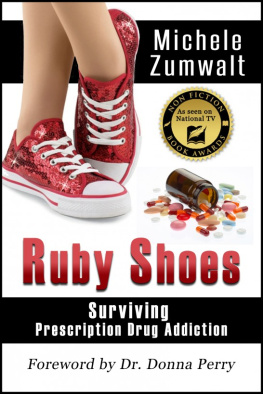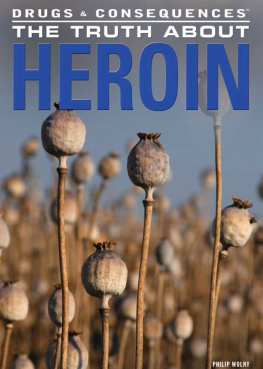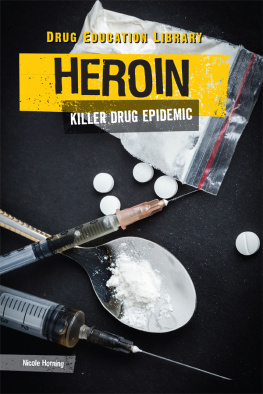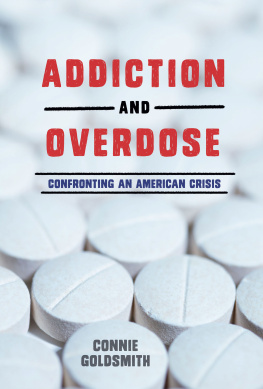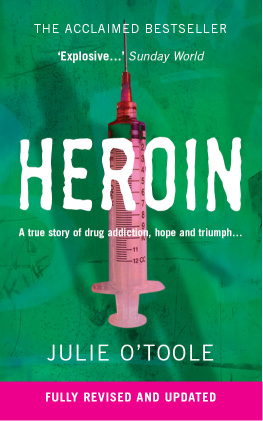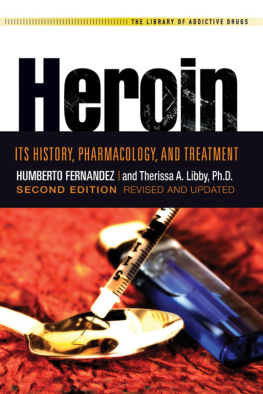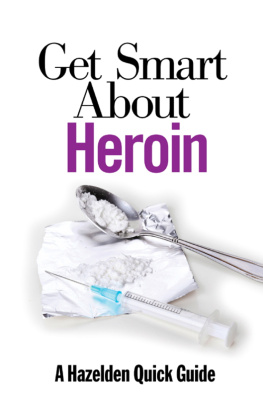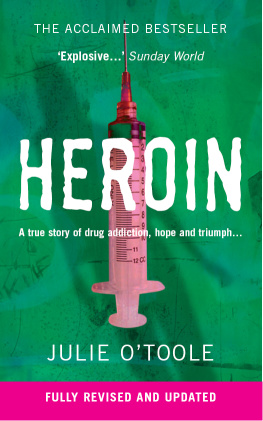Erin Marie Daly - Generation Rx: A Story of Dope, Death, and Americas Opiate Crisis
Here you can read online Erin Marie Daly - Generation Rx: A Story of Dope, Death, and Americas Opiate Crisis full text of the book (entire story) in english for free. Download pdf and epub, get meaning, cover and reviews about this ebook. year: 2014, publisher: Catapult, genre: Detective and thriller. Description of the work, (preface) as well as reviews are available. Best literature library LitArk.com created for fans of good reading and offers a wide selection of genres:
Romance novel
Science fiction
Adventure
Detective
Science
History
Home and family
Prose
Art
Politics
Computer
Non-fiction
Religion
Business
Children
Humor
Choose a favorite category and find really read worthwhile books. Enjoy immersion in the world of imagination, feel the emotions of the characters or learn something new for yourself, make an fascinating discovery.

- Book:Generation Rx: A Story of Dope, Death, and Americas Opiate Crisis
- Author:
- Publisher:Catapult
- Genre:
- Year:2014
- Rating:3 / 5
- Favourites:Add to favourites
- Your mark:
Generation Rx: A Story of Dope, Death, and Americas Opiate Crisis: summary, description and annotation
We offer to read an annotation, description, summary or preface (depends on what the author of the book "Generation Rx: A Story of Dope, Death, and Americas Opiate Crisis" wrote himself). If you haven't found the necessary information about the book — write in the comments, we will try to find it.
These are the harrowing questions that plagued Erin Marie Daly after her youngest brother Pat, an OxyContin addict, was found dead of a heroin overdose at the age of twenty. In just a few short years, the powerful prescription painkiller had transformed him from a fun-loving ball of energy to a heroin addict hell-bent on getting his next fix. Yet even as Pats addiction destroyed his external life, his internal struggle with opiates was far more heart-wrenching. Erin set out on a painful personal journey, turning a journalistic eye on her brothers addiction; in the process, she was startled to discover a new twist to the ongoing prescription drug epidemic. That kids are hooked on prescription drugs is nothing new what is new is the rising number of young heroin addicts whose addiction began with pills in suburban bedrooms, and how a generation of young people playing around with todays increasingly powerful opiods are finding themselves in the frightening grip of heroin.
While many books a have tackled the topic of Big Pharma, drug addiction, and our increasingly over-medicated society, Generation Rx offers an entirely new look at what the prescription pill epidemic means for todays youth and the world around them.
Erin Marie Daly: author's other books
Who wrote Generation Rx: A Story of Dope, Death, and Americas Opiate Crisis? Find out the surname, the name of the author of the book and a list of all author's works by series.

